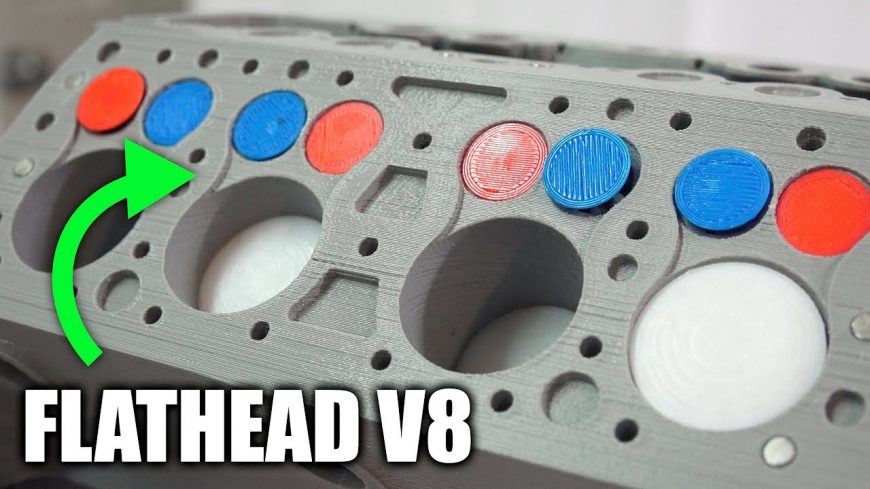Why Ford’s Flathead V8 Engine Died

Ford’s flathead V8 is a cool vintage powerplant that, despite having been out of production for over half a century, still has a massive cult following that drops the powerplant in anything and everything they possibly can. So what exactly happened to send the flathead the way of the dinosaurs? Well our good friend Jason from the insanely popular Engineering Explained YouTube channel answers that question and likely any other question you might have about the unique engine in this video.
Instead of his trademark detailed whiteboard illustrations, Jason has decided to use an awesome 3D printed version of the engine to show us the inner workings in great detail, explaining things in a way all of us can grasp, which is what he and his channel are known for. The 3D printed powerplant makes for a great visual aid, especially since it seems to be almost perfectly accurate and insanely detailed, and he can take it apart and show us things we couldn’t normally see.

The first thing we learn is where the name flathead comes from, and as you’d expect, it’s simply an accurate descriptor of the engine’s head, which is… you guessed it… flat. Instead of having the intake and exhaust ports, valves, valve springs and rocker arm assemblies in the head itself, the flat head is basically a large cast “cap” for the engine, featuring little more than a rudimentary combustion chamber forged into the bottom. The valves and intake and exhaust ports, instead, are all built into the block itself and powered by a pretty typical crankshaft and camshaft, which pushes the valves directly instead of relying on pushrods and rocker arms, which makes the engine simpler and more reliable, both of which are great things.

However, as Jason points out, there are some drawbacks to the design that are almost certainly the reasons the design was phased out. In a word, it came down to power. There’s only so much room for the valves to open under the head, and increasing cam lift to increase the valve lift meant machining the head, which reduced compression.

At that point, you’re basically trading out lift for compression and not really building much more power, while a more modern design allows for increased lift and compression, which makes power much easier to come by. And that’s why we have pushrod engines instead of flatheads.

